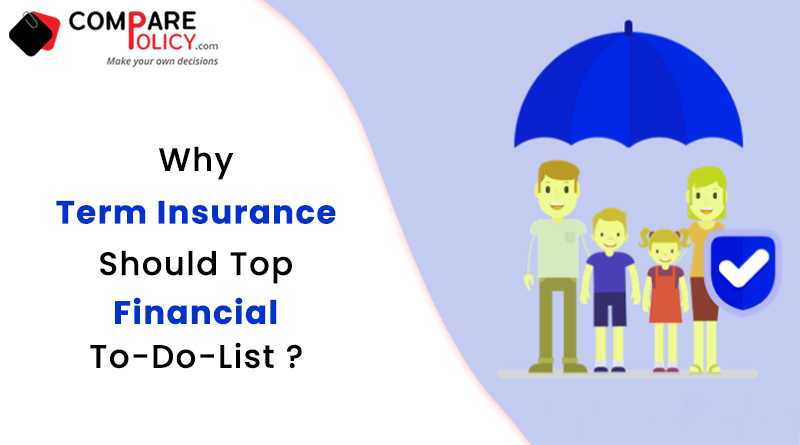Why Term Insurance Should Top Financial To-Do List
Latha Raman (34) has been working as a neuroscientist for the past five years. She has a young family and would like to protect them in case she dies an early death. She can purchase a 20-year term life insurance policy that will pay the beneficiaries a certain sum in the event of her death within the term. If the term is completed while Latha is still alive, she may or may not get any money back based on the type of policy.
Term insurance offers coverage for a fixed term or number of years, according to the policy conditions mentioned in the contract. The nominees will get the benefit of the owner of the policy dies within the term. The variant on this policy happens when the policyholder survives the term. In this case, the nominees don’t get any cash value unless a Return of Premium clause is included in the policy.
It’s a mistake to simply pick a number when you plan the value of term insurance. There are scientific and strategic ways to estimate how much term insurance you need to purchase. Age and income bracket are important factors. Another simple approach is to purchase insurance that is between 10 and 20 times your current annual income. Some people look at the amount of premium payable and then decide if that is affordable. However, it’s wiser to estimate future expenses for your family based on your present living standards and then purchase insurance of corresponding value.
You also need to factor in debts, investments, loans, and important financial events that can occur in the future that your family will have to deal with in your absence. Some term plans also allow you to top up the value annually by a certain percentage.
Term insurance has several advantages. It is known as a “pure death benefit.” It helps your family maintain its accustomed lifestyle even when you’re not around and offers tax benefits to the purchaser. It should be on top of your financial planning to-do list because:
1. Premiums are affordable: compared to whole life policies, they are the cheapest available life insurance, especially if you purchase when you’re younger and you purchase online. You can renew the term, but this may be a little more expensive than your original rates. The terms are simple and easy to understand. This makes it easier to make the right decisions for your unique situation, preferences, and budget.
2. Customizable: You can add riders such as coverage for critical/terminal illness, accidental death, disability benefits, etc, at a nominal extra cost to provide additional security.
3. Tax breaks: You get deductions of up to Rs 1.5 lakhs on premium payment, exemptions under Sections 10D and/or 80D of the Income Tax Act.
4. Multiple Payout Options: You can opt for beneficiaries to receive a lump-sum
and/or monthly income.
5. Return of Premium: Some insurance policies offer a return of premium in case the term is completed while you’re still alive. There may be a waiting period before benefits are paid out.
These factors make term insurance one of the essential elements in your financial planning portfolio. Get in touch with comparepolicy.com for more information.

